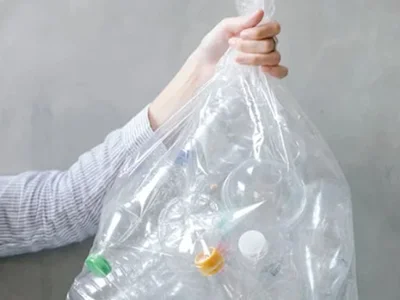8 Easy Facts About Reclaim Waste Explained
Table of ContentsGetting The Reclaim Waste To WorkTop Guidelines Of Reclaim WasteSome Known Facts About Reclaim Waste.How Reclaim Waste can Save You Time, Stress, and Money.The Ultimate Guide To Reclaim Waste
Residential sewer waste refers to the waste and products from a domestic septic storage tank. The proper monitoring and disposal of residential sewer waste need fluid waste to be transferred to a sewage therapy plant where the correct approaches and tools are used to purify and dispose of waste.
Business waste commonly consists of potential hazards, such as combustible materials or a mixture of liquid and strong waste products, and calls for an advanced and comprehensive disposal procedure. The disposal of business waste usually includes the filtration of waste before transport to ensure risk-free and correct disposal. Industrial waste is produced from by-products and overflow of commercial procedures and manufacturing.
This kind of waste can not utilize the very same sewer administration transport or processes as septic or commercial liquids. The industrial waste administration procedure calls for the inspection and testing of liquid waste before it goes through the disposal process (liquid waste disposal melbourne). Runoff waste is the liquid waste that comes from overflow and excess stormwater in extremely inhabited areas or cities
Overflow waste can trigger contamination and flooding otherwise taken care of properly. Learn much more regarding drain cleaning and waste monitoring. Ensuring appropriate waste administration can avoid catastrophes and minimize environmental injury. Both people in household setups and experts in commercial or manufacturing sectors can take advantage of understanding the processes and laws of fluid waste administration.
The Main Principles Of Reclaim Waste
Contact PROS Providers today to discover our waste administration and disposal services and the correct ways to look after the liquid waste you generate.
(https://www.pubpub.org/user/leon-aube)This supposed 'wastewater' is not just an important resource but, after therapy, will be released to our land, rivers or the ocean. Used water from commodes, showers, bathrooms, cooking area sinks, laundries and industrial procedures is understood as wastewater.

water made use of to cool equipment or clean plant and tools). Stormwater, a form of wastewater, is runoff that streams from agricultural and metropolitan locations such as roof coverings, parks, gardens, roadways, courses and seamless gutters right into stormwater drains, after rainfall. Stormwater flows unattended directly to regional creeks or rivers, eventually getting to the sea.
Some Of Reclaim Waste
In Queensland, many wastewater is dealt with at sewer treatment plants. Wastewater is transferred from domestic or industrial sites with a system of drains and pump terminals, referred to as sewage reticulation, to a sewer therapy plant. City governments build, maintain and operate most sewer therapy plants. Operators are licensed under the Environmental Protection Act 1994 to release treated wastewater at an appropriate ecological criterion right into rivers.
The Department of Natural Resources recommends city governments about handling, operating and preserving sewage systems and treatment plants. In unsewered locations, city governments may need householders to mount private or family sewage therapy systems to treat domestic wastewater from commodes, kitchens, washrooms and washings. The Department of Natural Resources authorizes using home systems when they are shown to be effective.
Many stormwater gets no therapy. In some brand-new neighborhoods, therapy of some stormwater to eliminate litter, sand and crushed rock has begun utilizing gross contaminant catches. Wastewater treatment occurs in 4 phases: Gets rid of solid issue. Larger solids, such as plastics and various other items wrongly find more information released to sewers, are gotten rid of when wastewater is gone through displays.
Wastewater then moves into huge tanks where solids settle and are gotten rid of as sludge. Grease and residue are skimmed from the surface area. Makes use of small living microorganisms called micro-organisms to break down and get rid of remaining dissolved wastes and great particles. Micro-organisms and wastes are integrated in the sludge. Eliminates nitrogen and phosphorus nutrients that can cause algal flowers in our rivers and intimidate aquatic life.
Get This Report on Reclaim Waste
Nutrient elimination is not readily available at all sewer therapy plants because it needs pricey specialist devices. Clear fluid effluent generated after treatment may still include disease-causing micro-organisms - industrial wastewater treatment.

This typically implies wastewater has to be dealt with or pollutants removed prior to it can be discharged to waterways. The majority of wastewater streams into the sewage system. Under the Act, city governments carry out approvals and permits for ecologically relevant tasks (Periods) involving wastewater launches that might have a neighborhood impact. The division provides authorizations and licences to Periods including wastewater launches that may have a local or statewide effect.
Reclaim Waste Fundamentals Explained
Tracking provides factual information about water quality and can confirm that licence conditions are being met. The details gotten via monitoring provides the basis for making water quality decisions.